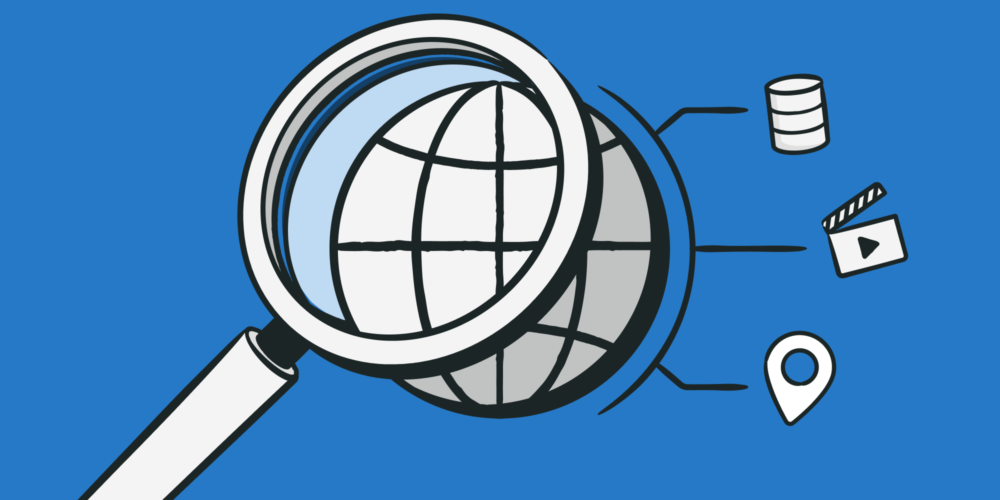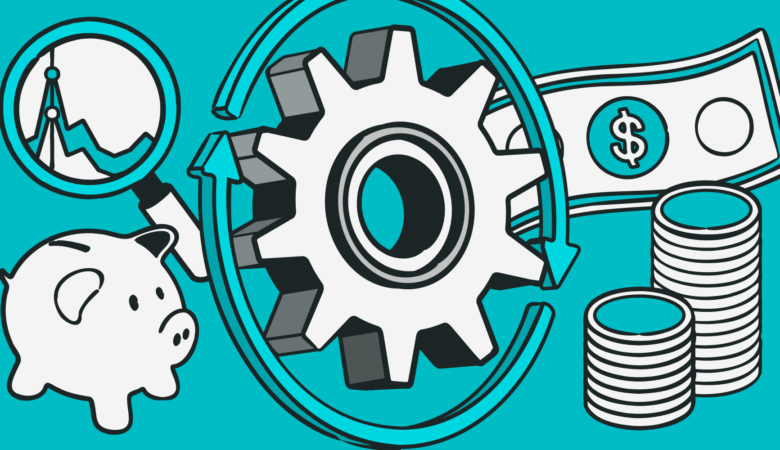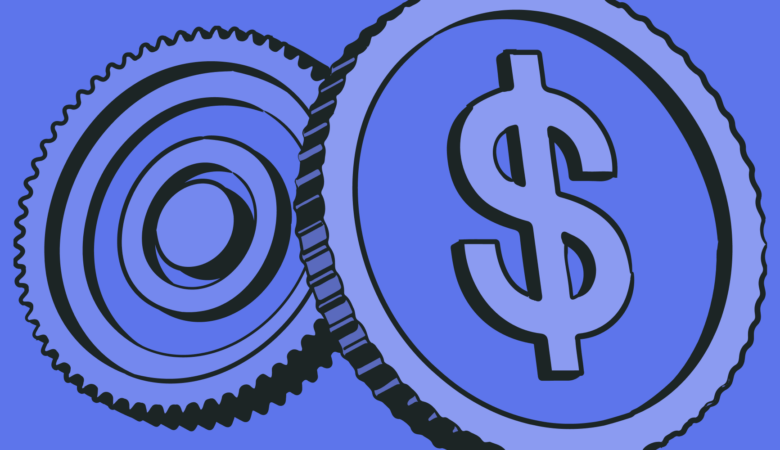In case you haven’t noticed, video marketing is on fire right now with compelling statistics around this trend hard to ignore. And for good reason — everyone from large enterprises and educational institutions to community groups and entrepreneurs are incorporating richer content into their websites, such as images and videos. Hence, the importance of choosing a high-quality content delivery network (CDN) provider.
For example, Cisco estimated that in 2020, 82% off all consumer web traffic consisted of video, up from 70% in 2015. In addition, the opportunity to monetize video content resulting from this trend is clearly becoming more evident based on current statistics:
- Video now appears in 70% of the top 100 search results listings.
- Viewers are 64-85% more likely to buy after watching a product video.
- It’s 50 times easier to achieve a page 1 ranking on Google with a video.
- Including video in a landing page can increase conversion by 80%.
As broadband speeds increase each year, and the cost to produce rich, HD-quality content comes into the reach of even the most budget-constrained organizations, the need for super-reliable streaming conduits to deliver video content becomes a business necessity rather than an optional nice-to-have.
How do CDNs work?
The purpose of a CDN is to deliver digital data to users. Even though it sounds like a straightforward mission, it really implies a complicated task. CDNs operate on a global scale relaying large quantities of data and are essential for streaming high-quality video.
CDNs are composed of an entire network of servers living in multiple data centers, or other locations, scattered across large geographic areas. These servers connect to one another and then to the internet in order to deliver content.
One of the benefits of using a CDN is due to the fact that video is a very large, data-intensive format that has the capability to overwhelm some servers. How they get around this obstacle is by distributing the data load. Think of it this way. Instead of millions of users trying to access a file on an individual server, CDNs redirects those users over say 10,000 servers, increasing speed, reducing buffering and the chances of a server crashing.
Another thing to note is that CDN functionality is based on “intelligent caching.” If you’re unfamiliar, caching refers to storing multiple copies of the same content on different servers. The process may also include routing a video stream via local servers for audiences that are concentrated in specific geographic locations, such as those watching a football match in London or Madrid for example.
Choose a provider with large network size and distribution
You have lots of different CDNs from which to choose — Cloudflare, Fastly, KeyCDN, Akamai, Amazon CloudFront, and Google Cloud are some of the more well-known providers. Many of these CDNs have hundreds of thousands of servers in their networks.
The more servers you have, the faster and more consistent delivery of content your customers will experience. Simply put, more servers equal less buffering, greater redundancy, and more scalability to name a few benefits.
The other consideration is geographic location. Many CDNs have excellent coverage in North America and Europe but perhaps sparser coverage in the Middle East, Africa, and Asia. If you need global coverage, look for a CDN that can cover the territory where your customers are located.
Are CDN performance checks easy to set up and run?
As mentioned earlier, a primary benefit of a CDN is its ability to deliver content quickly and efficiently. The majority of technology companies, including Google, Apple, and Microsoft use CDNs to reduce latency in loading web page content. They also have deep pockets to ensure that they are receiving the performance that they are paying for. But how can you be sure you are getting the performance you were promised?
Uptrends offers a free CDN performance tool that measures the response times, connection details, headers, response size, download times from every checkpoint used in your test, and more from each location — and then and gives you an in-depth report. Automating your CDN monitoring allows you to:
- Monitor your CDN 24/7 – Use one of our checkpoints to check your CDN every minute, 24 hours every day.
- Check CDN endpoints from user locations – If any single endpoint isn’t working well, you will see the results in your daily reports.
- Receive daily CDN reports – Spot problem locations and performance trends in your CDN’s network.
- Uptime and performance dashboards – Customize your dashboards to track the metrics that matter to you. Choose charts and tables that meet your needs.
- Receive alerts – Use SMS, email, voice, webhooks, or integrations with tools, such as PagerDuty and Slack.
- CDN monitoring using our uptime monitor – Use Uptime Monitoring to manage your CDN, and get a screenshot of errors, such as failed content checks.
Further, the automation of your CDN monitoring provides essential data that you can take back to your provider to address performance challenges if needed.
Does your CDN offer one-stop shopping?
That’s an important feature for many customers. Can your CDN service provider deliver reliable control, consistent security, customization, and analytics, in a single easy-to-use platform? Even large providers like Akamai, for example, may not be able to.
If not, it may be a good idea to look into an OVP-CDN provider. An OVP, or Online Video Platform, is a service that hosts and delivers live streaming and on-demand video. OVPs may be a good choice for businesses that need to deliver OTT video content. Some are more functional than others and some are more affordable so it’s important to shop around.
Ensure the CDN offers comprehensive customer support
It’s important to look for a CDN service provider that offers responsive, knowledgeable customer support because setting up a CDN can be a confusing process for first-time users. Even though the process is easier than in the past, it still involves some technical knowledge. You don’t want a technical error to blow up and not realize it until you see problems during a broadcast.
Look for these features when comparing technical support options:
- In-house, rather than located in a call center
- Staffed by actual experts, not CSRs
- Available 24/7
- Responsive chat and email access
Is pricing transparent?
A quality CDN should feature affordable and transparent pricing. No one likes hidden fees or clunky legal jargon hindering you from making a purchasing decision. Fortunately, most CDNs are priced in one of two ways:
-
- Custom negotiated contracts based on your bandwidth and feature needs. However, pricing may vary substantially making it hard to know what you’re paying for until you sign up.
- Pricing model is usage-based, per-GB, and typically goes down as volume rises. Prices may also vary by region. Amazon’s CloudFront falls into this category, as does Microsoft Azure and many other CDNs.
Choosing a CDN provider doesn’t have to be overly complicated. But choosing one that fits your business model and budgetary requirements will be a lot easier with the right tools at your fingertips and knowing what CDNs can and cannot offer you in terms of performance.
Once you’ve selected the right CDN provider, you’ll want to partner with a reliable CDN Monitoring service to ensure you’re getting the performance you paid for. Get started with Uptrends’ CDN Monitoring today free of charge for 30 days.




